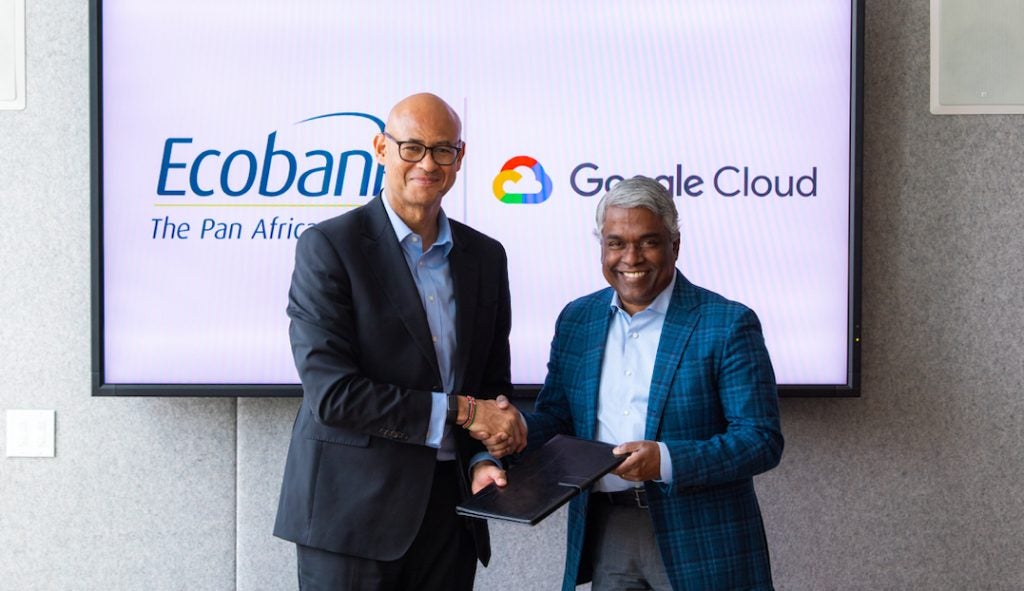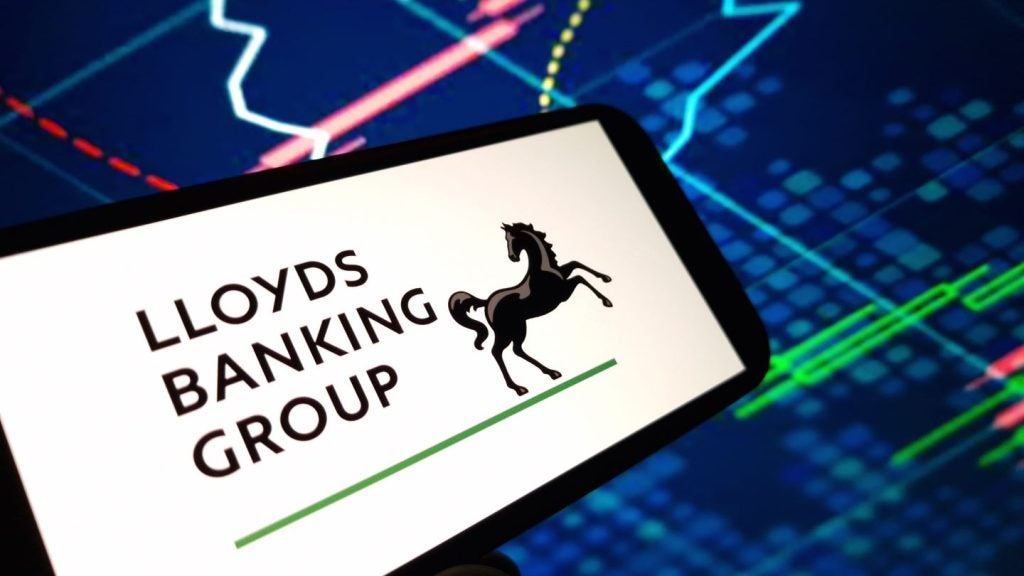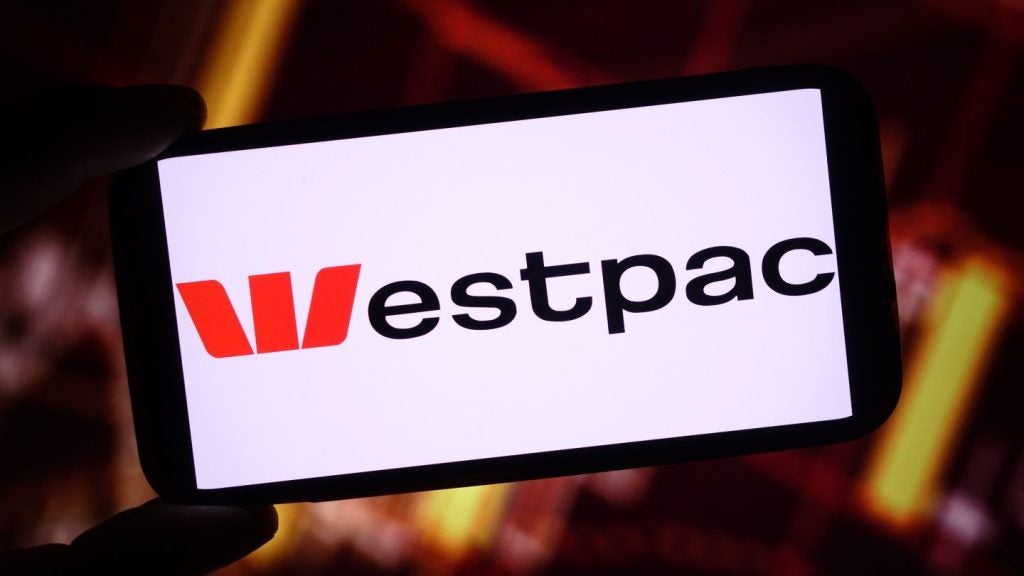A difficult 18 months has seen the banking industry’s
reputation tarnished. Global brand consultancy Interbrand’s
Best Global Brands 2010 shows banks are still not
competing with giants such as Coca Cola. But the financial services
sector is putting up a fight. Farah Halime
reports.
 Santander and
Santander and
Barclays have catapulted into the top 100 brands in the world,
leaving behind beleaguered Citi to reflect on another miserable
year.
Santander, the largest bank in the
eurozone, debuted at number 68 on global branding consultancy,
Interbrand’s Best Global Brands 2010, beating Barclays’
entry at 74 and Visa at 84. Credit Suisse, the Swiss private bank,
is the only other new banking sector entry ranking at number 80.
HSBC was the only retail bank listed that increased its brand value
this year to $11.5bn.
Santander has become a force to be
reckoned with as it grows market share in the global retail world
simultaneously boosting its brand awareness.
The Spanish bank has seen little
impact from the financial crisis due to its conservative banking
style and has grown from being Spain’s sixth largest bank in the
1980s to the fourth largest in the world by profit today.
The trademark red with white flame
is now eponymous with the Santander single brand name, after it
unified more than 20 separate brands in Latin America and Europe in
2004.

US Tariffs are shifting - will you react or anticipate?
Don’t let policy changes catch you off guard. Stay proactive with real-time data and expert analysis.
By GlobalDataSantander’s move into the UK with
the acquisition of Abbey National signalled its intentions to
become a global giant.
“Santander was unknown in the UK
when it launched the offer for Abbey… and journalists and analysts
questioned whether it could compete against British banks,” a
spokesperson for the bank told RBI.
The report noted that while the
acquisitions put the bank in an enviable position, its “ambitious
and quick expansion comes with risks”; for example inconsistencies
in its visual and verbal branding.
“However, moves to quickly and
seamlessly rebrand show the bank is aware of the problem,” the
report said.
Santander’s 13,671 branches around
the world adopted a single Santander “look and feel” in 2007, the
spokesperson added.
In the last three years, it has
invested heavily in sponsoring Formula One: first supporting
Mercedes McLaren and then extending its involvement in the sport to
sponsor Ferrari. It is also a regular advertiser in print and
online media.
In February 2010, Brand Finance
calculated that Santander’s brand value more than doubled to
$25.58bn in 2010 from $10.84bn a year earlier, making it the third
most valuable financial brand in the world.
 Barclays is another
Barclays is another
winner in this years Interbrand survey, debuting at number 74.
The bank’s aggressive positioning
during the downturn, US expansion and a concerted effort to design
and implement a global brand architecture strategy have boosted the
brand and made it a significant international player.
Michelle McEttrick, Barclays Global
Retail Banking chief marketing officer, told RBI the bank
has found itself more relevant than ever since the financial crisis
gathered pace.
“I don’t want to say that Barclays
has hit upon some magic recipe or a one hit wonder, a flash in the
pan,” McEttrick said. “I attribute a lot of this ranking to the
values Barclays has been true to for a long time.”
Brand presence, which is one of the
categories brand value is judged by, is particularly important for
the bank, she said.
This year Barclays focused on a
number of brand-building endeavours, including an improved design
for its website.
The bank has most recently renewed
its sponsorship of the English Premier League, a £82.25m ($129.6m)
deal and one of the biggest sponsorships in UK history.
Barclays also sponsors the ATP
World Tour Finals, the PGA Tour and London’s Bicycle hire
scheme.
McEttrick said it is also the top
brand for contactless payments in the UK and the number one UK
mobile banking provider.
“There is a lot of traction and
positive response about that. It is a combination of active current
relevance and making sure we don’t take our eye off the ball,” she
said.
At the other end of the spectrum,
the brand value of US-based Citi dropped 13% narrowing its 49%
decrease on the year before.
It has been faced with a series of
blunders including a failing mobile banking offering and a security
breach on its iPhone application.
The bank continued to fight its
corner, however, and said it is now well positioned to regain both
its business momentum and its traditional brand power.
“Our brand continues to be
particularly strong outside the US,” a spokesperson for the bank
said. “We have been investing in several new initiatives in this
country to show our ongoing commitment to customers and reassert
the unique brand strength that Citi had consistently exhibited –
and will once again achieve.”
Citi said it has “invested heavily”
during 2009 and 2010 to upgrade 1,152 US branches, which include
all full service branches.
The unstable bank said it is
focusing on its internet and mobile banking experiences and has
implemented ‘Net Promoter Scoring’, which measures customer loyalty
and advocacy.
“While we are at the early stages
of measuring the results and taking actions, we have a clear
picture of where we stand versus our competition in key markets,”
the bank said.
In June 2010, Citi launched a
consumer advertising campaign in North America called ‘Stories’ in
an attempt to shore-up customer support.
The campaign runs online, in print
and on television and radio.
Citi represents a wider trend for
diminishing brand value in the financial services sector following
the downturn.
No banks listed on Interbrand’s
survey feature in the top 10, despite the success of Santander and
Barclays.
The highest-ranking financial
services institution is credit card provider American Express
(Amex) with a brand value of $13.9bn, although it dropped 7% on the
year before.
But Amex is dwarfed by Coca Cola’s
(number 1 rank) $70.4bn brand value and McDonalds’ (5th) brand
value of $33.5bn.
Electronics, computer software and
internet services dominate the other sectors in the top 10.
Customer satisfaction surveys shine
a light on the banking sector’s declining reputation.
The latest report by the Financial Ombudsman Service, which
settles disputes between consumers and businesses providing
financial services in the UK, said all of the big UK retail banks
(including Santander and Barclays) received the highest number of
customer complaints.








